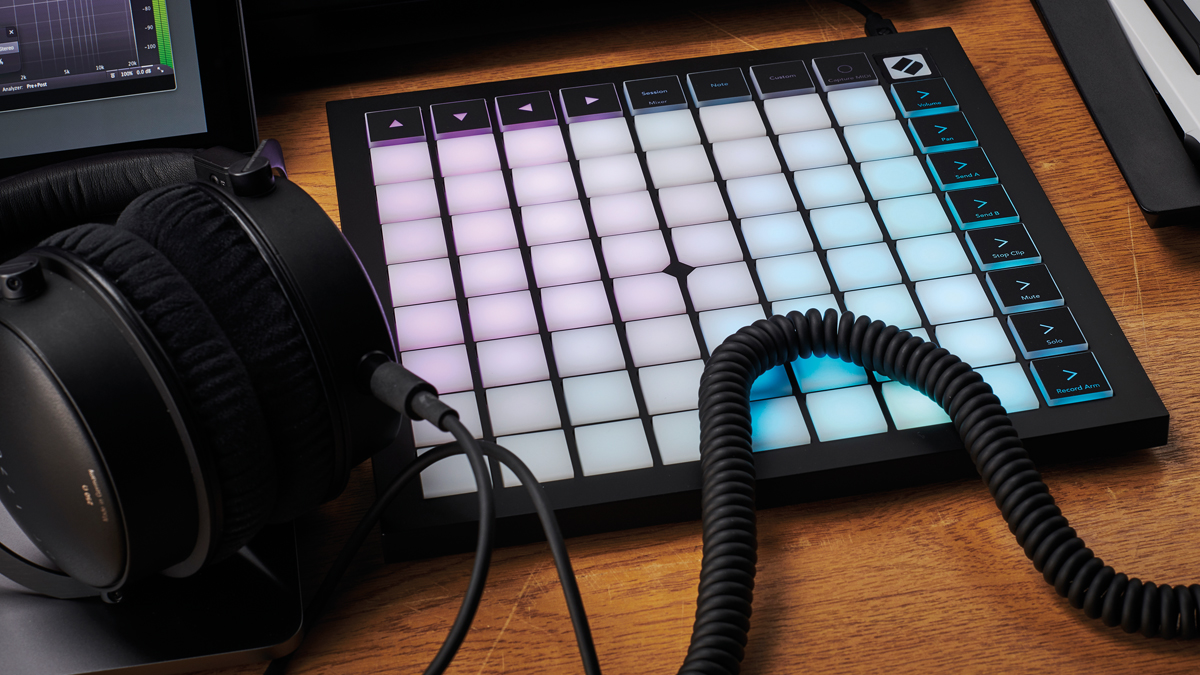MusicRadar Verdict
Neat, compact and more flexible than ever before, the Launchpad remains a must-try tool for Ableton Live users.
Pros
- +
Velocity sensitivity makes this Launchpad far more playable.
- +
New custom modes are great.
- +
Hardware itself feels better than ever.
Cons
- -
A MIDI Output on the hardware would have been nice.
MusicRadar's got your back
Ten years on from the release of the first generation Launchpad, Novation’s Live-focused pad controller returns for a Mk3 update, now with an ‘X’ appended to its name. This has been launched alongside a new version of the Launchpad Mini.
That letter, we assume, relates to the controller line’s decade anniversary, as it certainly doesn’t indicate increased size - in fact, this latest Launchpad is considerably thinner, more lightweight and all-round sleeker than the controllers that preceded it.
In terms of its general form factor though, this version essentially adheres to the same design layout as the original, comprising an 8x8 grid of pads flanked by two rows of parameter/navigation buttons.
When the original Launchpad arrived, its most obvious use was as a launcher device for Live’s clip view. Although it wasn’t the first MIDI device designed to make use of Live’s workflow - Akai’s APC range already had that covered - it was the first controller to feel fully dedicated to the DAW’s clip-focused Session mode.
The Launchpad effectively inspired a whole new genre of live electronic performance, giving DJs a user-friendly way to trigger their own music ‘live’, and giving birth to countless YouTube videos from users making use of its capabilities as a combined loop triggering and light show tool.
It’s a format that’s been built upon by numerous later devices, including Novation’s own Launchpad Pro, Ableton’s official Push controllers and Akai’s recent standalone Force.
In-novation
Naturally though, things have moved on significantly over the past ten years, and the slightly simplistic nature of those original Launchpads now looks rather dated.
While the Launchpad X retains the same core design, there’s a lot of additional functionality on offer here compared to the original design. The most notable change is the addition of velocity and pressure sensitivity to the pads. As you’d expect, this immediately makes the Launchpad X a considerably more expressive controller when it comes to playing drum and instrument sounds.
As with previous incarnations, this is still primarily an Ableton Live controller, and users of that DAW benefit from simple plug-and-play compatibility. Used with Live, engaging Note mode from the top row of buttons will configure the pad grid to one of two layouts.
Used with an instrument, it displays the familiar style of ‘scale’ mode used across most modern pad-centric controllers - whereby notes of a scale are highlighted from left to right across the grid with root notes delineated by a change in colour. There are 16 preset scales to choose from, and both Scale and Chromatic modes for a choice of whether notes outside of that scale are available or not.
The second layout is used when a track assigned a Drum Rack is selected. In this mode, much like Ableton’s own Push controller, the grid can be used to play up to 64 individual sounds from a drum rack, arranged into 8x8 grids which match the software layout.
Although Ableton Live remains the Launchpad’s primary focus, the X also comes ready-made for use with two other Novation-built tools.
The first is Ampify Launchpad, the company’s accessible, DJ-style music-making app that allows users to trigger, manipulate and perform with loops from their mobile device.
There’s also an intriguing new browser-based app called Launchpad Intro. This is effectively an interactive tutorial for newcomers. Plug in the controller and head to the Novation website and it’ll guide you through the basics. There are several genre-themed construction kits included, so even users with no DAW experience can quickly learn to perform with loop-triggering, note and mixer modes.
With multiple Drum Rack tracks armed, the Launchpad will trigger all tracks simultaneously, meaning that by laying out each drum rack at different positions on the note grid - ie, one starting at C0, the next at C1, etc - it’s possible to create a simple, quick hack to play multiple drum instruments simultaneously.
In and of themselves, these Note modes are nothing that new or revolutionary, but now that velocity sensitivity is included, it immediately makes the Launchpad X feel considerably more playable. Using the top row of selector buttons, it’s easy to jump between playing and clip launching, too, making this a flexible tool for live performers looking to jam and trigger loops/backing tracks from a single device.
The velocity sensitivity is put to use elsewhere, too. As with the higher-end Launchpad Pro, it’s possible to control the speed of mixer parameter changes simply by how hard you press a pad - hitting a new mixer, send or pan position firmly will make an immediate change, while a gentle press will trigger a slow fade between settings.
As with previous Launchpads, Novation has done a decent job of incorporating mixer controls into the pad format and, while the Launchpad will never be as well suited to mixing duties as a bank of rotaries and faders, it’s easy enough to make on-the-fly adjustments to levels, pan settings, armed tracks and more.
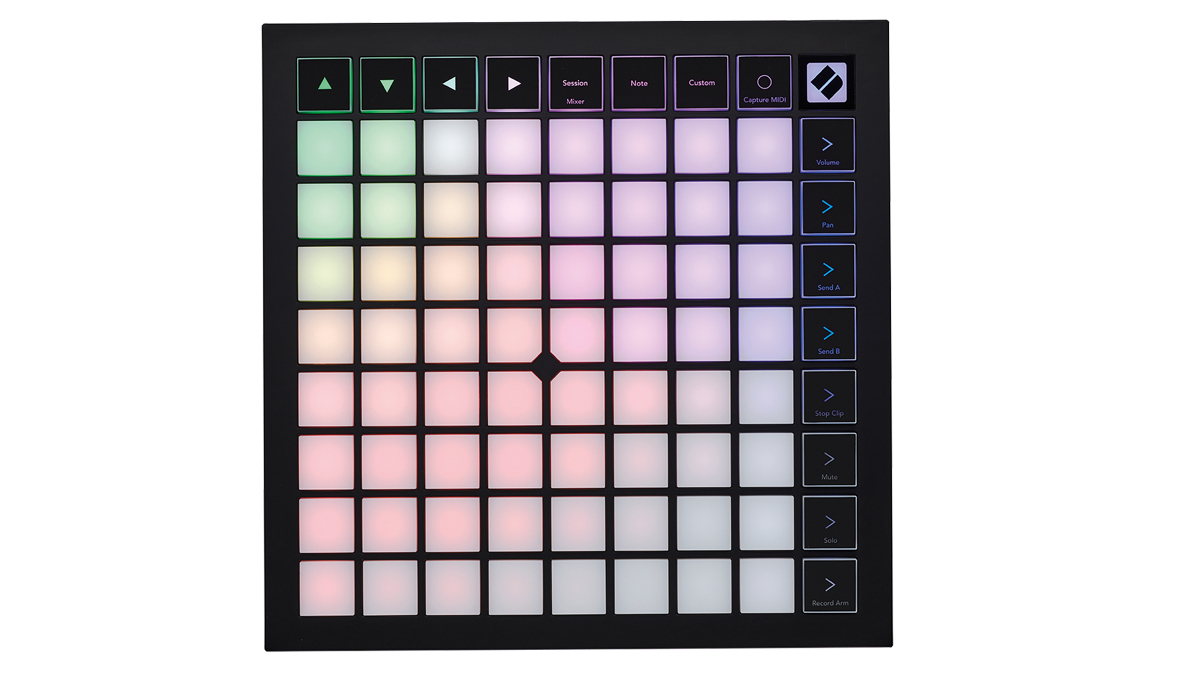
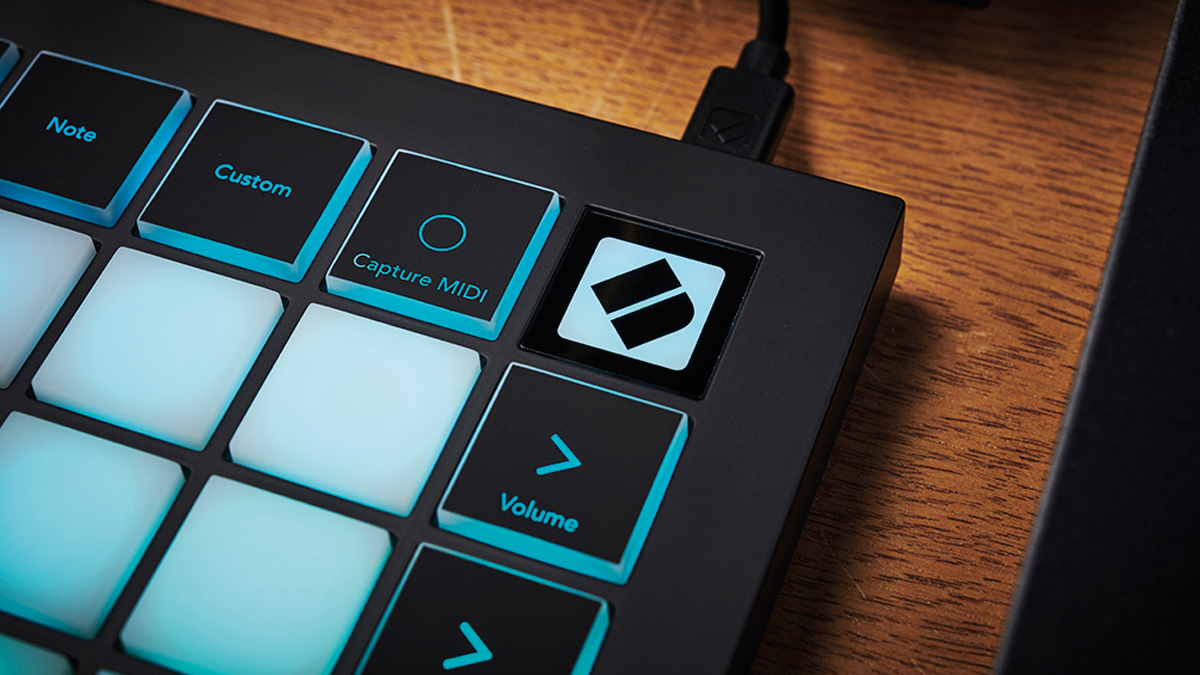
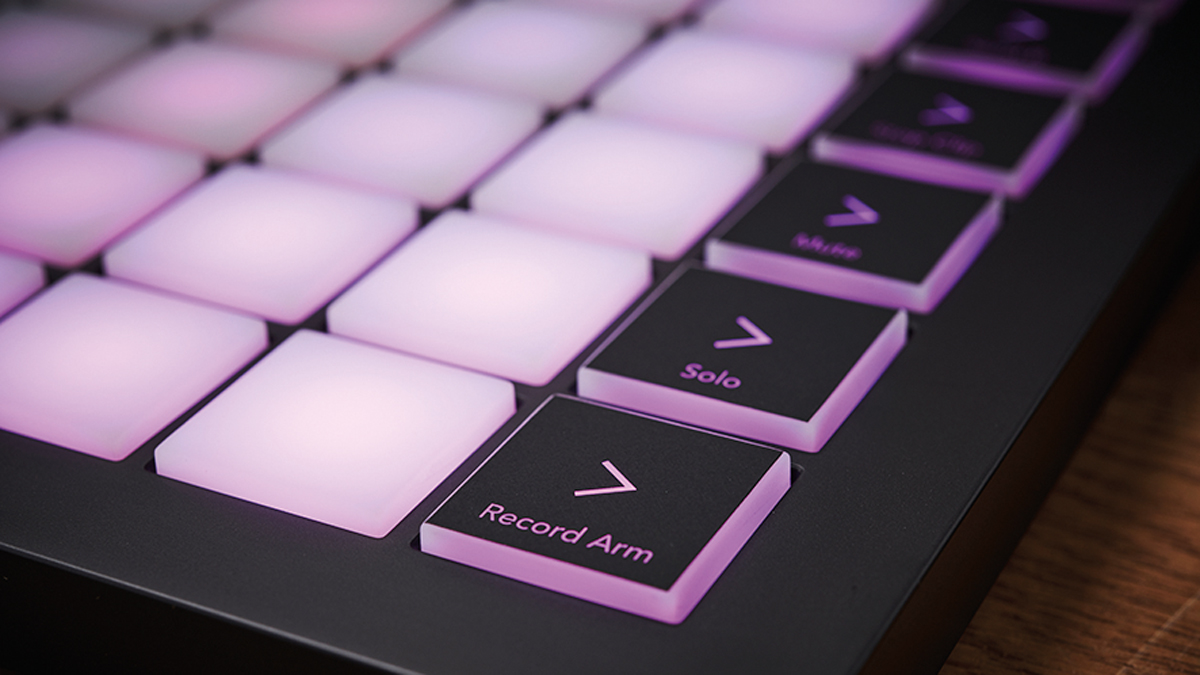
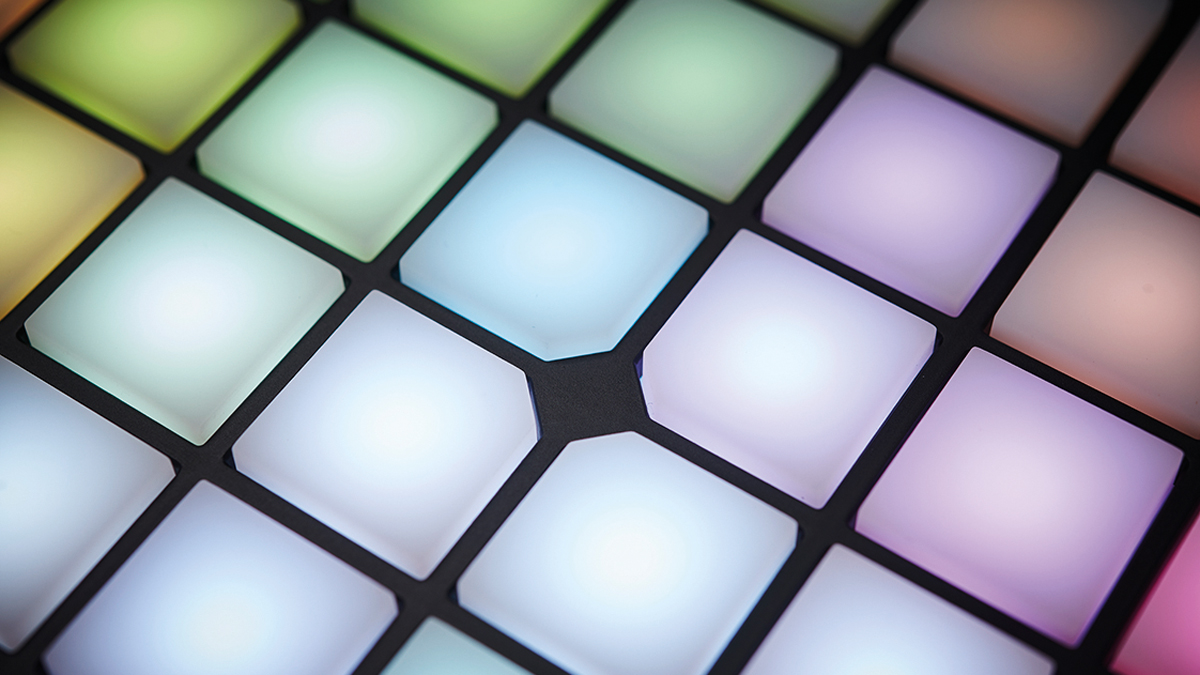
A la Modes
Probably the highlight of this updated Launchpad is its four Custom Modes. As with previous Launchpads, these are user-configurable setups whereby the pad grid can be assigned to send out a variety of different MIDI messages.
For this latest controller, that means the ability to send MIDI note, CC and program change messages. Configuration is done via Novation’s sleek, browser-based Components tool, whereby each custom mode can be built by adding any combo of trigger pads, switches and virtual faders to the pad grid layout.
It’s all very easy-to-use and flexible, making the Launchpad X an excellent option for creating custom performance setups to control your favourite instruments or creative effects. It’s just a slight shame the unit has no MIDI Out, allowing these to be patched directly to hardware.
This is a well-designed evolution of a classic Live controller. The hardware looks and feels better than ever, and the upgraded features make it more flexible for modern uses.
As a neat, compact tool for those who want to perform with Live’s Session view, the Launchpad is still the king.
Future Music is the number one magazine for today's producers. Packed with technique and technology we'll help you make great new music. All-access artist interviews, in-depth gear reviews, essential production tutorials and much more. Every marvellous monthly edition features reliable reviews of the latest and greatest hardware and software technology and techniques, unparalleled advice, in-depth interviews, sensational free samples and so much more to improve the experience and outcome of your music-making.
“KIKI BOY 2025”: Frank Ocean appears to be teasing something... or other
“This is great. I knew I was getting to them! I’m so happy. It’s such a good feeling”: Spotify bites back at Kate Nash
“The included sample content is not only unique but sonically amazing, as it always was”: Spitfire Audio BBC Radiophonic Workshop review
